The Industrial Revolution changed the world forever. The coming of mechanised production was a shift from a mainly agricultural society to a technological one. London was the first city affected by this as the Industrial Revolution originated in the UK. As London grew it swallowed up great swathes of the countryside, this put enormous strain on city services due to overcrowding.
By the mid 18th century London was a city of 750000. From 1801 to 1850, the city’s population doubled as factories on the city’s outskirts brought new residents seeking work out of the countryside.
The population surge in London in the early 1800s and epidemics of typhus, cholera, smallpox, measles, scarlet fever and diphtheria left burial space in such short supply that illegal burials often took place in shallow graves and sometimes quicklime was thrown over bodies to help them decompose quicker! Church graveyards were filled completely with coffins stacked in 20-ft holes. Bodies were often cut into pieces to make way for new arrivals. Churches were alive with the stench of rotting corpses, giving rise to the phrase: “stinking rich”.
In 1825 George Frederick Carden visited Paris’ Père Lachaise Cemetery and saw an opportunity to replace overcrowded, insanitary church graveyards with appealing suburban cemeteries catering for the affluent middle and upper classes. His first proposal in 1825 failed but a new committee established in 1830 gained more financial, political and public support to fund the ‘General Cemetery Company’. In July 1832, the Act of Parliament establishing a ‘General Cemetery Company for the internment of the Dead in the Neighbourhood of the Metropolis’ gained Royal Assent.
In the next decade seven cemeteries were established in a ring around what was then the outskirts of London, Kensal Green (1833), West Norwood (1837), Highgate (West (1839)) Abney Park (1840), Brompton (1840), Nunhead (1840) and Tower Hamlets (1841) these were to be privately owned and eventually became known as the Magnificent Seven.
I live close to one of these so-called magnificent seven cemeteries, namely Nunhead, and during the early summer of 2021 I started to find out more about it and take trips over there to photograph it.
From the mid 20th century the cemetery was abandoned and during WWII the iron railing protecting it were removed to help the war effect and this led to a lot of vandalism.
In 1975 Southwark council bought it for £1, With the assistance of lottery funding in the late 1990s, the Friends of Nunhead Cemetery (FONC) renovated the ruined chapel, restored the gates, walls and railings, repaired 50 memorials, laid new paths and cleared much of the overgrown landscape – though extensive swathes of wilderness remain. The whole 52-acre site is now a conservation area and grade II* historic park, and part is a nature reserve with a diverse variety of flora and fauna.
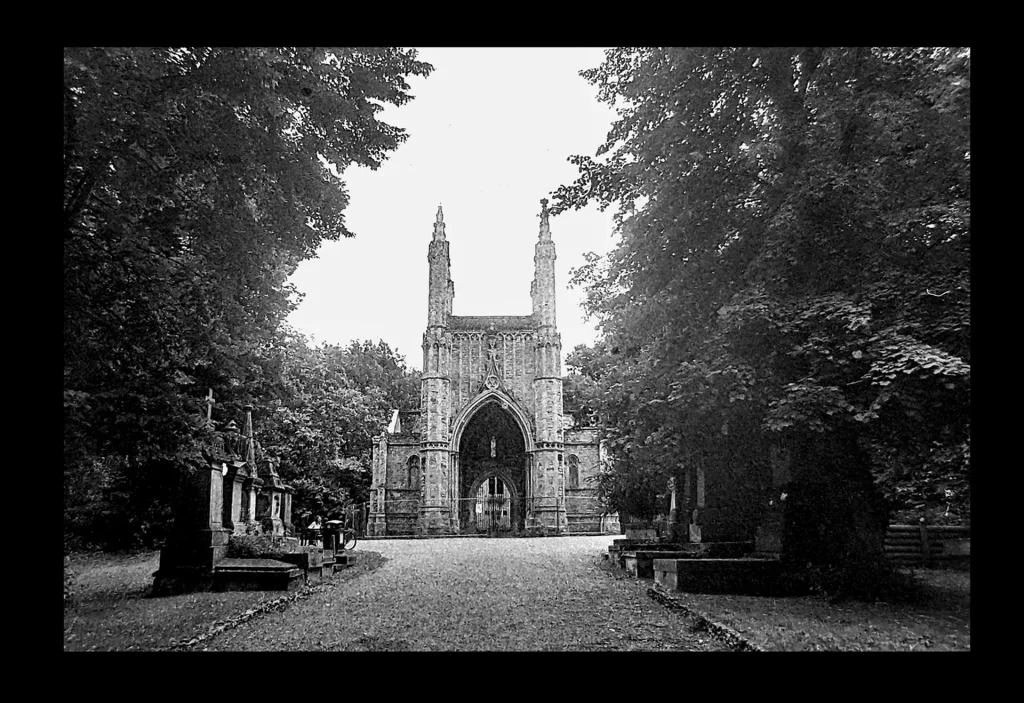
Over the years the once manicured lawns have been reclaimed by nature and trees are growing out of the graves or even actually growing around them.
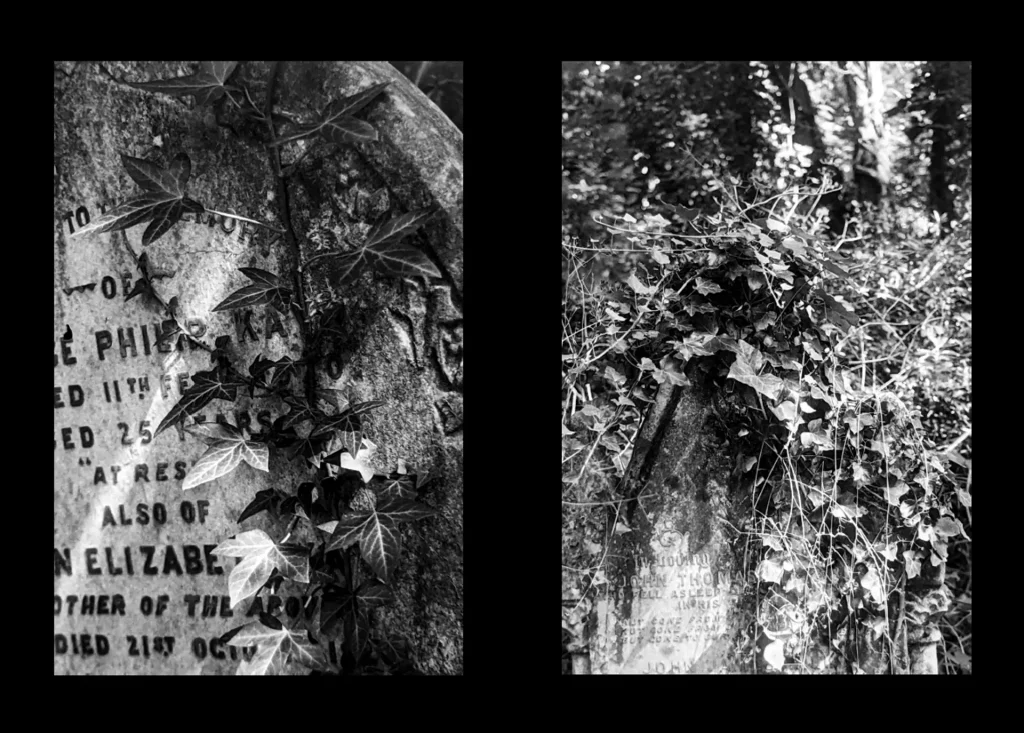
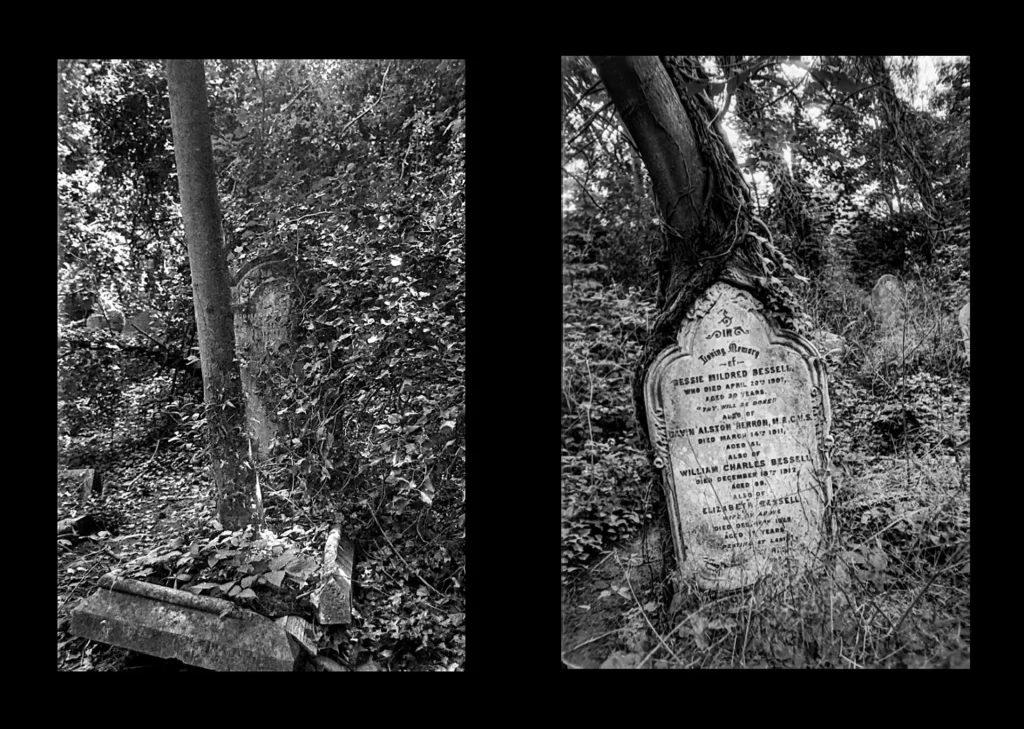
It is also sad to see that a lot of the tombstones have either succumbed to time or vandalism.
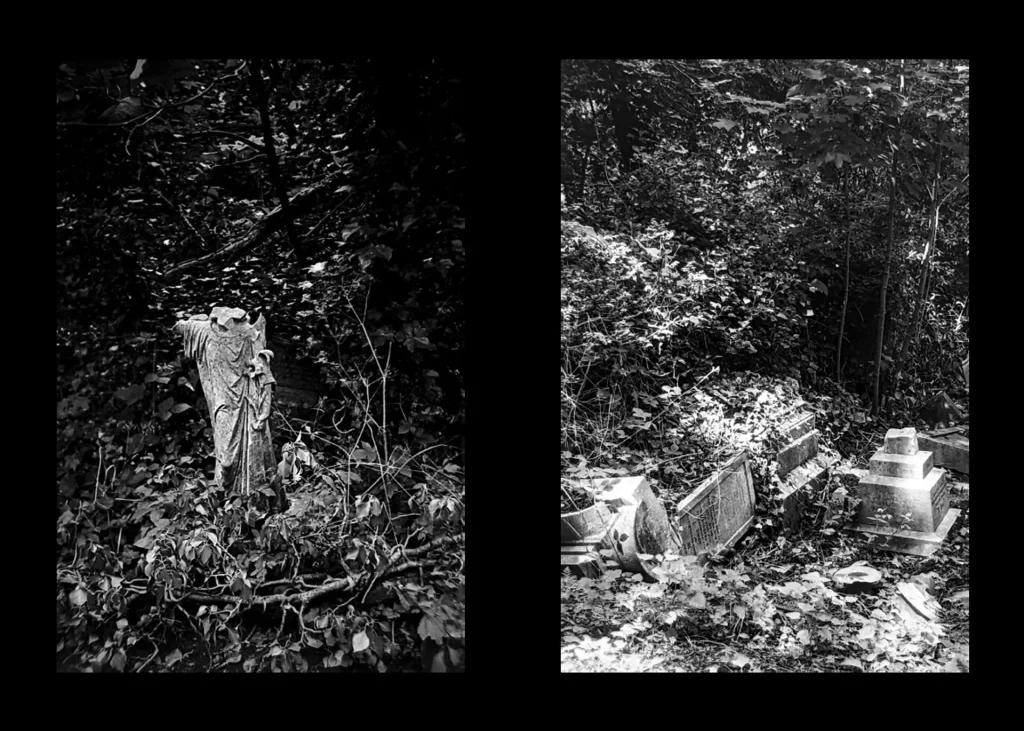
The first visit I took along my Olympus OM10 loaded with Ilford HP5+ but for subsequent trips I shot with Rollei Infrared 400, the idea being to shoot in IR but I quickly give up on this idea as it was quite dark under the canopy of trees and shutter speeds were to slow to handhold, so I just shot it as a conventional black & white film.
Very early on I knew I wanted to show the melancholic side of the cemetery with its overgrown vegetation along with the broken and damaged memorials, so this was the type of images I concentrated on.
As my collection of images grew I wasn’t really sure what I was going to do with them but luckily I saw a thread on the Talk Photography forums inviting people to join a group project where all participants make a zine and exchange with everyone else taking part.
I’d never really tried my hand at producing a proper zine but with the images I had and the story behind Nunhead cemetery, I thought I had something to work with.
The first thing to figure out was how to put a zine together, I look at some of the software available programs like InDesign and Affinity publisher but the cost was a bit prohibited especially if I wasn’t going to see this through and this might be my one and only attempt at a zine.
Eventually I found a free piece of software called Scribus, and although not the easiest program to work with I was soon able to start putting together the outline for the zine.
Next up was deciding a name and the best way to lay out the images as there was a mixture of landscape and portrait. The name was quite easy; Memento Mori, the Latin for “remember you must die”, and as this was a Victorian cemetery the font for the cover needed to have a Gothic style.
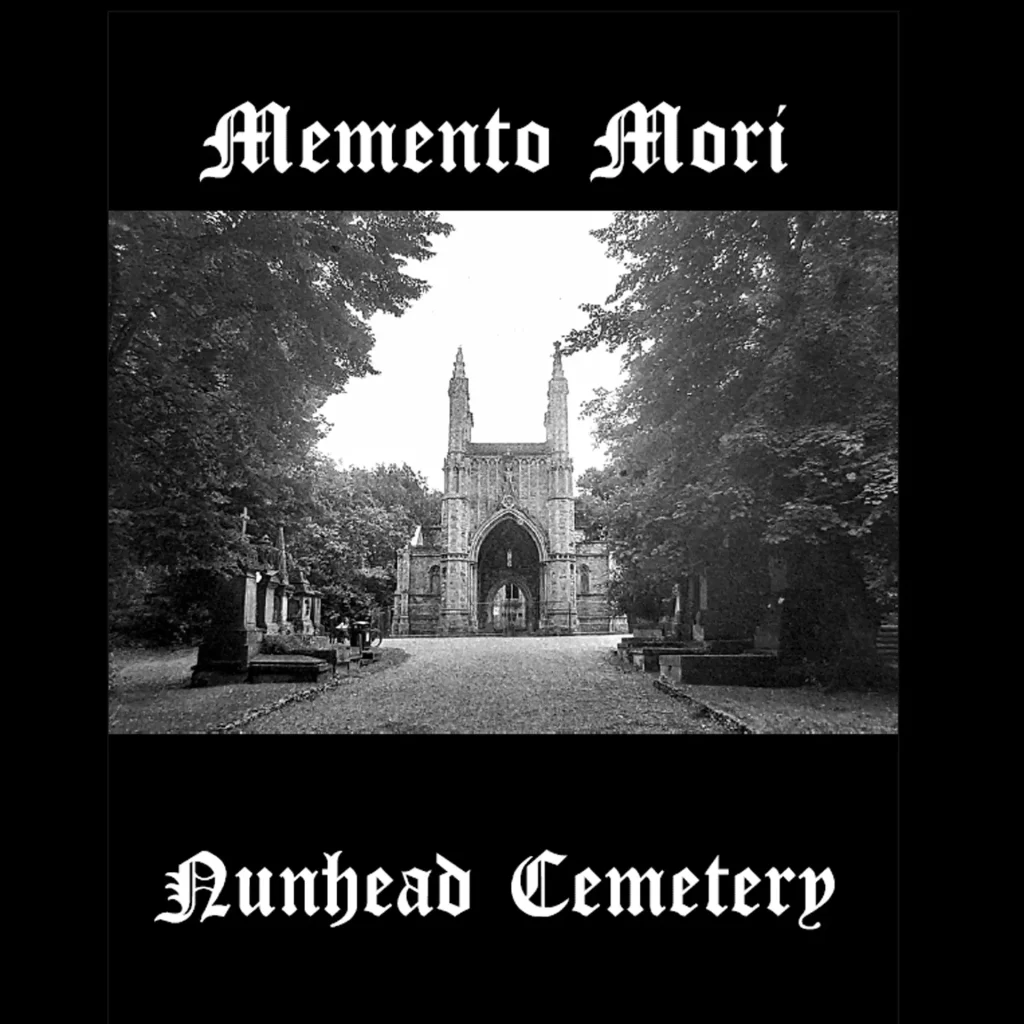
The sequencing was a little bit harder as I knew I also wanted to have some text within the pages but also I didn’t want to have a large number of pages within the zine. Talking to the people within the group the general consensus was that it should be between 20 to 28 pages.
Having shot 3 rolls of film with very few doubles of images, this gave me a starting point of around 100 images. The first cull put this down to about 40 images but still too many to fit within the zine. Eventually I got it down to 24 images and this then gave me a zine of 28 pages.
For the overall look I know I wanted a mourning vibe to it so went with black throughout and a black border to each image.
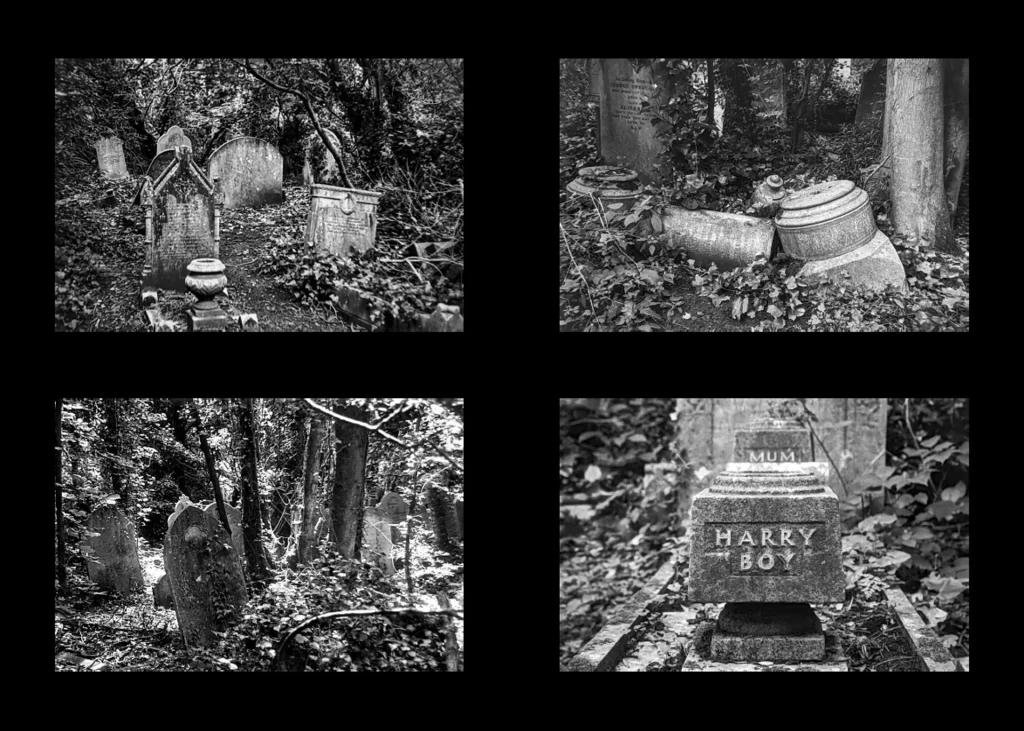
As for the sequencing this more or less fell into place because of the way the landscape images were placed, two to each page and four across the spread. I’m not sure whether it was 100% correct but I was happy with it and no one else said it looked wrong.
The text was a combination of a bit of history about the cemetery and the meaning of some of the memorials, as the Victorians had ways of commemorating their dead.
It was finally time to send it to the printers but before doing this I got a swatch of paper stocks from them to decide what would be the best stock for a cover and also for the inner pages. Eventually I went with a 250gsm gloss art with a soft touch laminated cover and 150gsm bond inners.
The printers I used were Mixam as they seem to be the go to choice within the film community to have zines or books printed. As it turned out there would only be eight of us participating in the the project swap, so I would only really need to order this amount but the way Mixam’s pricing structure works I could order twenty five for the same amount as eight, so it seemed more sensible to order twenty five and then figure out what to do with the extras.
In the end I did manage to sell a few, I also did a few extra swaps and sent some to people who had previously sent me zines.
Although shooting these images never started out for me to make a zine, I did really enjoy the process of putting it together and the joy of seeing it in other people’s hands and getting feedback on it.
Thank you for taking the time to read this.
I can be found on Instagram and have a film photography podcast on Spotify
Share this post:
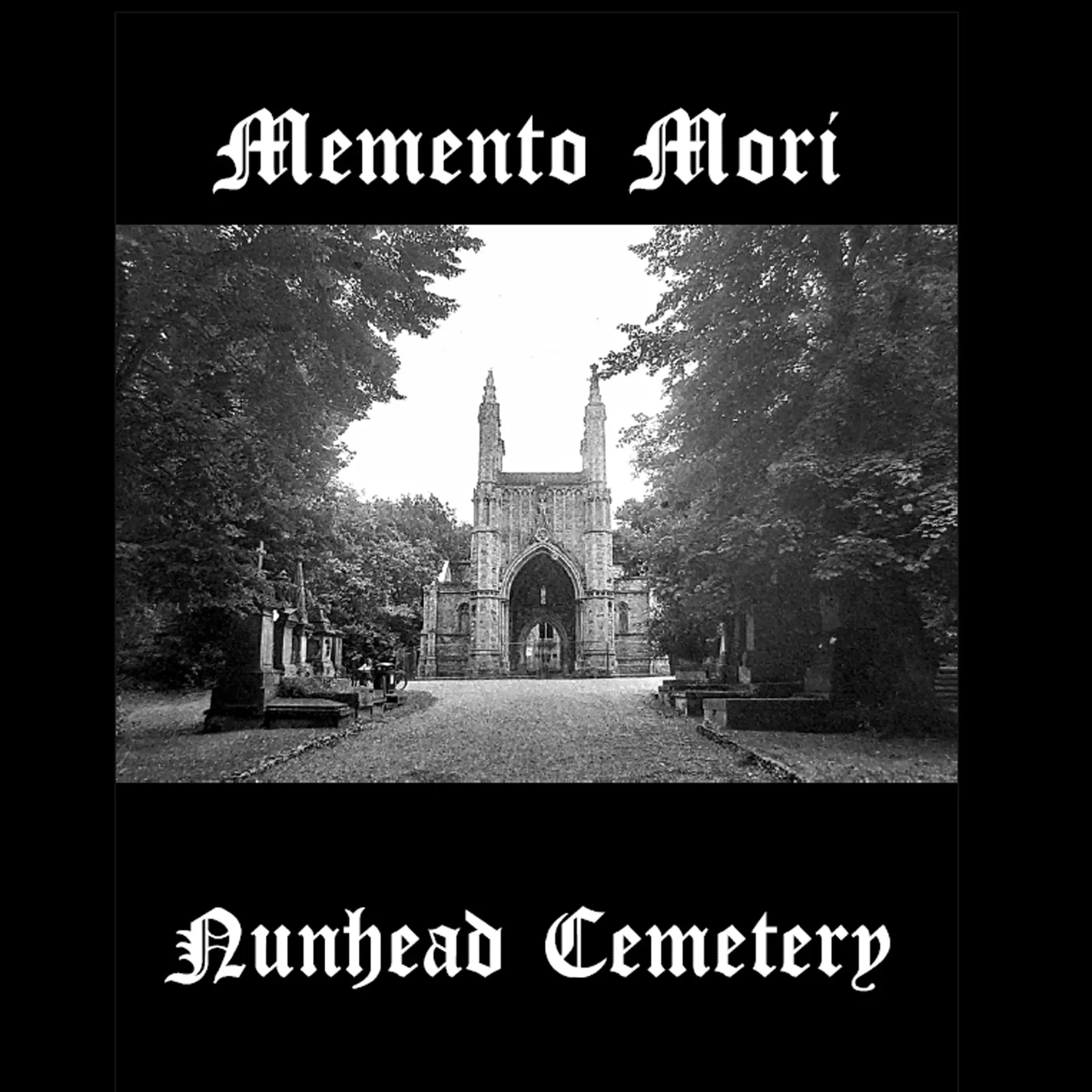
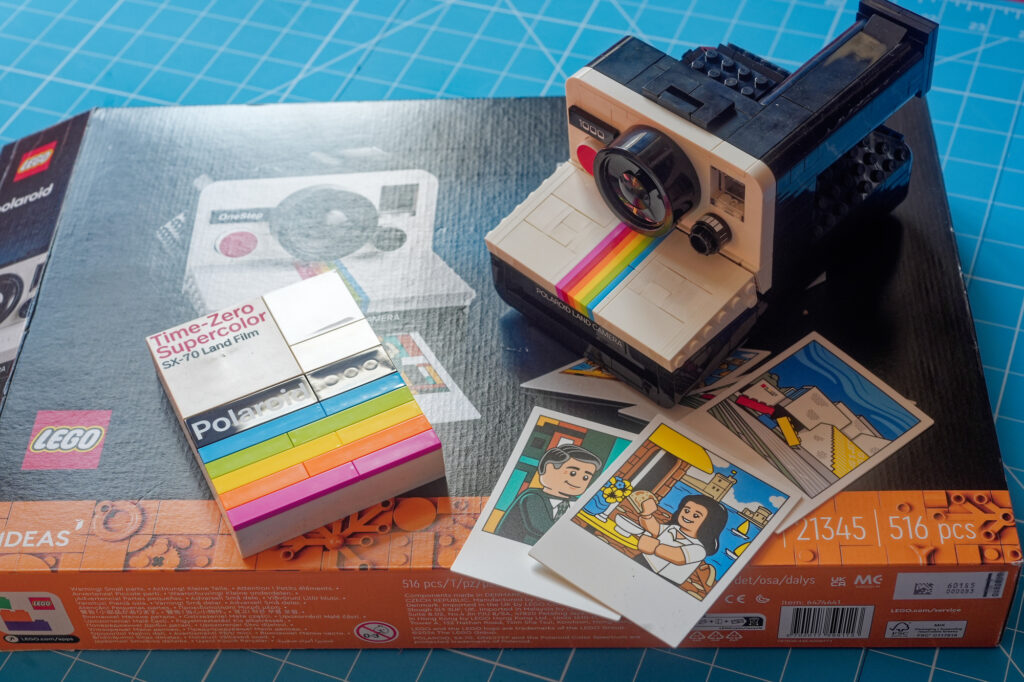
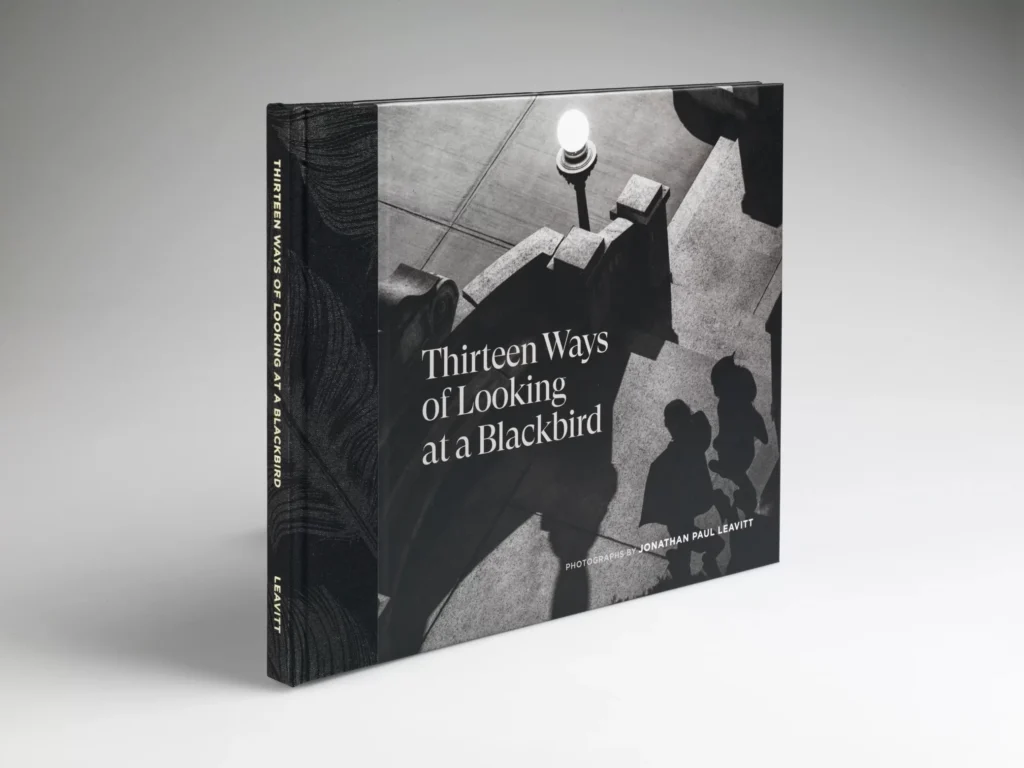
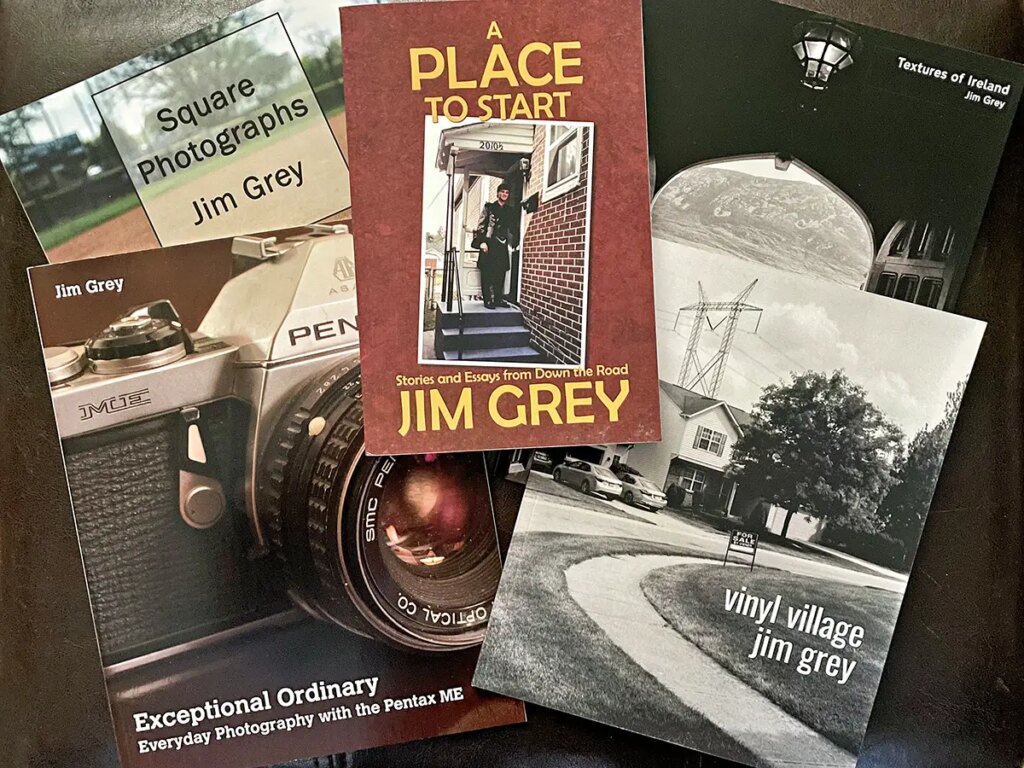
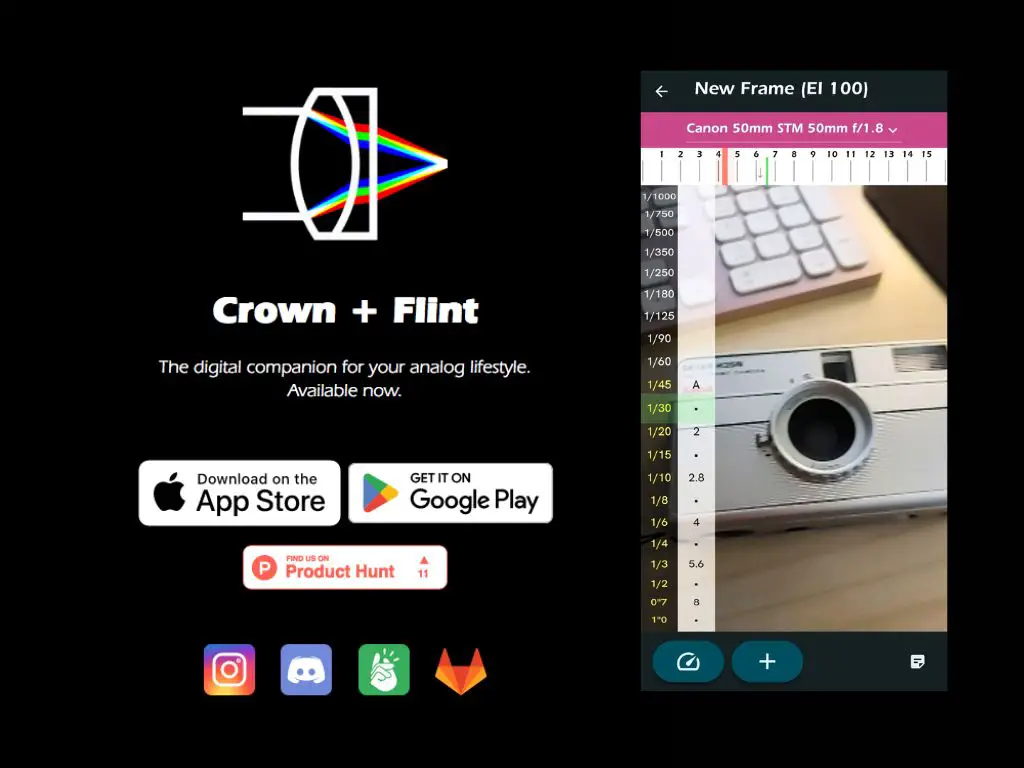




Comments
Dean on Memento Mori – The making of a Zine – By George Griffin
Comment posted: 14/01/2022
I've really enjoyed looking at your excellent images, and the sympathetic way they have been displayed. I'm sure I shall revisit this post several times, both for the images and information within.
I'm also going to have to visit your Instagram page and your Spotify podcast.
Many thanks for posting, I've really enjoyed it.
Dean.
Comment posted: 14/01/2022
Dean on Memento Mori – The making of a Zine – By George Griffin
Comment posted: 14/01/2022
I was really impressed with your Instagram page and when time permits I'll have a proper look.
Sara on Memento Mori – The making of a Zine – By George Griffin
Comment posted: 15/01/2022
Comment posted: 15/01/2022
Sacha Cloutier on Memento Mori – The making of a Zine – By George Griffin
Comment posted: 15/01/2022
Comment posted: 15/01/2022
Comment posted: 15/01/2022
Peter Roberts on Memento Mori – The making of a Zine – By George Griffin
Comment posted: 15/01/2022
I found it especially interesting as Nunhead, in spite of being the nearest to me, is the only one of the magnificent seven that I haven't visited. Cemeteries are such fascinating places from both a photographic and historical point of view that it's probably worth pointing out that there are many others apart from the high profile ones. Even a local churchyard can be worth a visit.
I admire you putting together a zine. Having recently had a yearbook made for personal distribution to family and friends I found that the practice of doing it is much harder than the theory. I too found the juxtaposition of landscape and portrait formats a challenge. It's certainly worth doing though as I don't think that you can beat presenting photographs in a book form. Much better that scrolling on a screen.
Comment posted: 15/01/2022